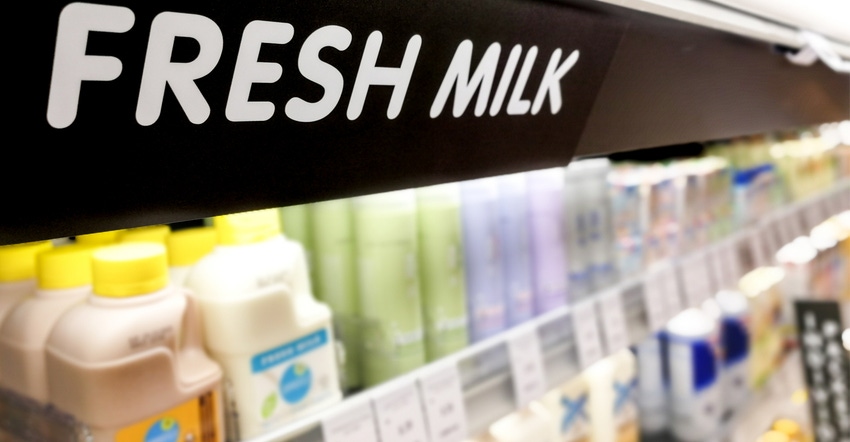February 2, 2021

While most dairy farmers feel last year’s milk prices experienced more ups and downs than a roller coaster, overall it wasn’t as bad as many feared it would be.
Up and down year
There were some rough times at the start of the pandemic in March and April, with some farmers being asked to dump milk and others culling up to 20% of their cows. That was followed by cheese on the Chicago Mercantile Exchange dropping to $1 a pound in late April. Class III milk prices plummeted to $12.30 per cwt in May. Prices quickly rebounded, and by mid-July, cheese set a record high on the CME, selling for $3 per pound.
During the annual University of Wisconsin-Madison Ag Outlook Forum on Jan. 26, Mark Stephenson, who is in charge of dairy policy at UW-Madison, said there were a number of good things that happened in 2020.
Related: UW ag economists: 2020 was year of extremes
Pandemic milk prices ended up higher than most expected. The Class III milk price averaged $18.16 in 2020. On top of that, dairy farmers received Coronavirus Food Assistance Program payments, which added $2.45 per cwt to what they were paid for their milk in 2020. According to Stephenson, this gave them the best income since 2014.
But he cautioned that milk supplies since last fall have been building. U.S. dairy farmers are currently producing a surplus of milk in excess of 3%.
“When we get about 2% growth in milk, we have to rely on exports,” he explained.
Dairy exports have been strong during the past year, Stephenson said. But there are some areas of concern.
“Our exports to Mexico, who is our No. 1 dairy customer, have softened because their peso has dropped in value, which makes U.S. dairy products look expensive,” he said. “Fortunately, we are exporting a lot of dairy products to Asia.”
Stephenson cautioned that dairy farmers may soon be asked to cut milk production. “This spring, we may see some of our dairy co-ops pulling the trigger on reducing milk supplies.”
Stephenson is not advocating dumping milk, but he did suggest dairy farmers may want to cull a few cows that are problem breeders, have high somatic cell counts, or struggle with mastitis or other health issues. He also said with skyrocketing feed prices, farmers may want to consult their nutritionist to create a less dense ration and cut back on protein, both to save money on purchased feed and trim milk production.
Before making any cuts to milk production, be sure to talk to your dairy plant field representative.
Stephenson also recommended that dairy farmers manage some risk by locking in coverage through the Dairy Margin Coverage program at the $9.50 level.
“It is a very cost-effective coverage option, and data has proven to provide a number of payments at this level,” he said.
Buckle up. While 2021 could turn out to be a good year for dairy farmers, we are not out of the woods yet with the pandemic. Skyrocketing feed prices and surplus milk could also make for a bumpy ride.
Comments? Email [email protected].
You May Also Like




